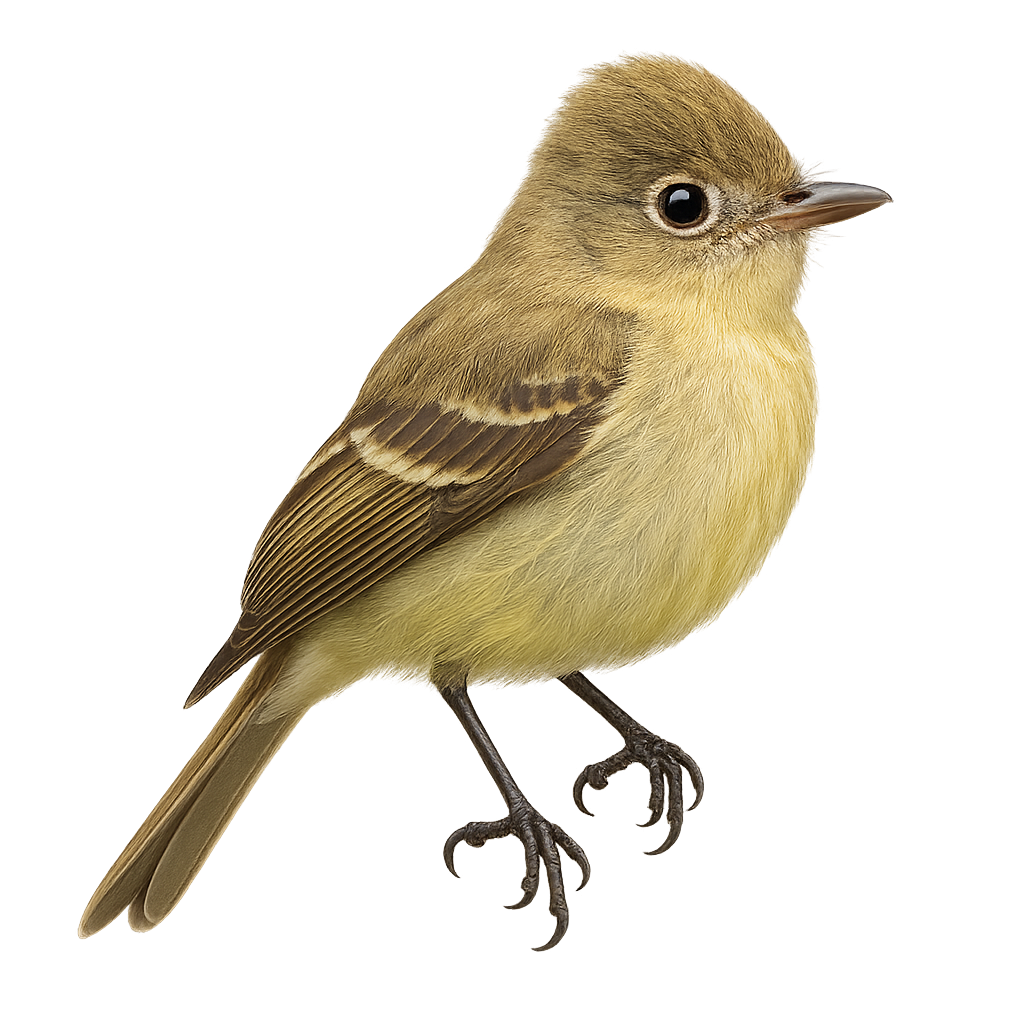Your wildlife photography guide.
Explore the western flycatcher in detail, study its behavior, prepare your shots.
Where to observe and photograph the western flycatcher in the wild
Learn where and when to spot the western flycatcher in the wild, how to identify the species based on distinctive features, and what natural environments it inhabits. The WildlifePhotographer app offers tailored photography tips that reflect the western flycatcher’s behavior, helping you capture better wildlife images. Explore the full species profile for key information including description, habitat, active periods, and approach techniques.
Western Flycatcher
Scientific name: Empidonax difficilis

IUCN Status: Least Concern
Family: TYRANNIDAE
Group: Birds
Sensitivity to human approach: Suspicious
Minimum approach distance: 10 m
Courtship display: May to June
Incubation: 12-14 jours
Hatchings: May to June
Habitat:
Coniferous forests, moist wooded areas
Activity period :
Primarily active during the day, with peak activity in the morning and late afternoon.
Identification and description:
The Western Flycatcher, or Empidonax difficilis, is a small passerine bird belonging to the Tyrannidae family. It is primarily found along the western coast of North America, from southern Alaska to northern Mexico. This flycatcher is recognizable by its olive-green back and pale yellow belly, as well as its two white wing bars. It inhabits coniferous forests and moist wooded areas, where it primarily feeds on insects caught in flight. Its song is a key element in distinguishing it from other species in the Empidonax genus, as its appearance is very similar to its congeners.
Recommended lens:
400mm – adjust based on distance, desired framing (portrait or habitat), and approach conditions.
Photography tips:
To photograph the Western Flycatcher, it is advisable to use a telephoto lens of at least 400mm to capture detailed images without disturbing the bird. Look for it in coniferous forests and moist wooded areas, where it is often active during the day. Be patient and wait for it to perch on an exposed branch to get a clear shot. Morning is a good time to photograph it, as the soft light will highlight the details of its plumage.
The WildlifePhotographer App is coming soon!
Be the first to explore the best nature spots, track rutting seasons, log your observations, and observe more wildlife.
Already 1 432 wildlife lovers subscribed worldwide

